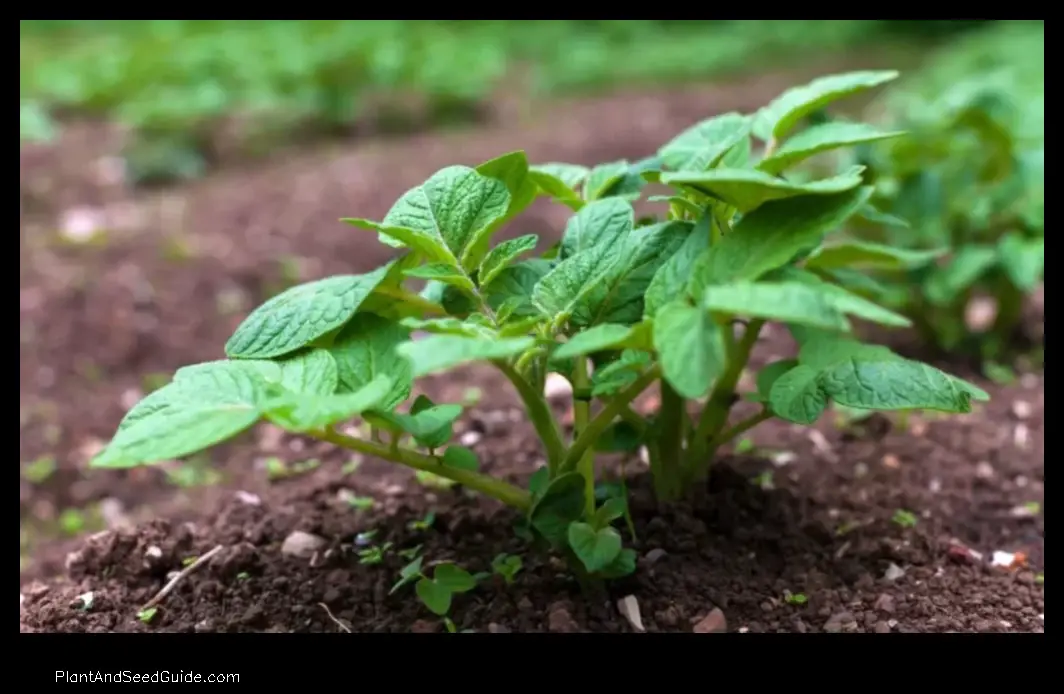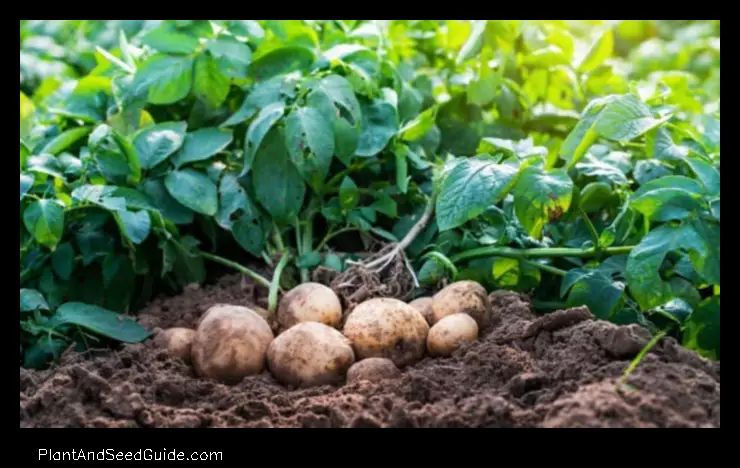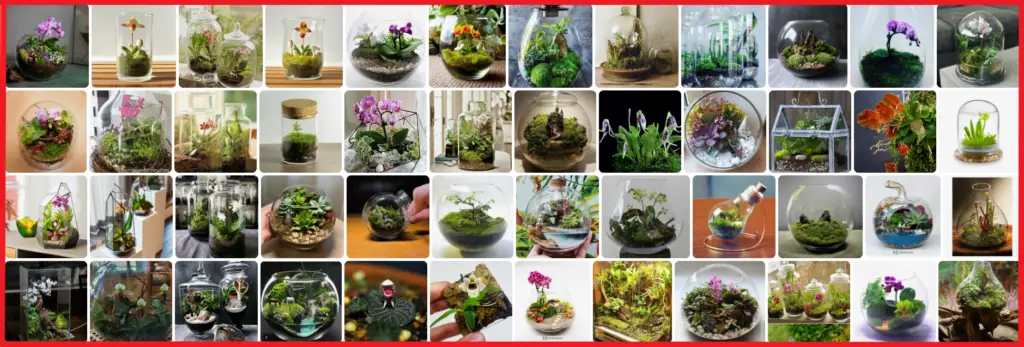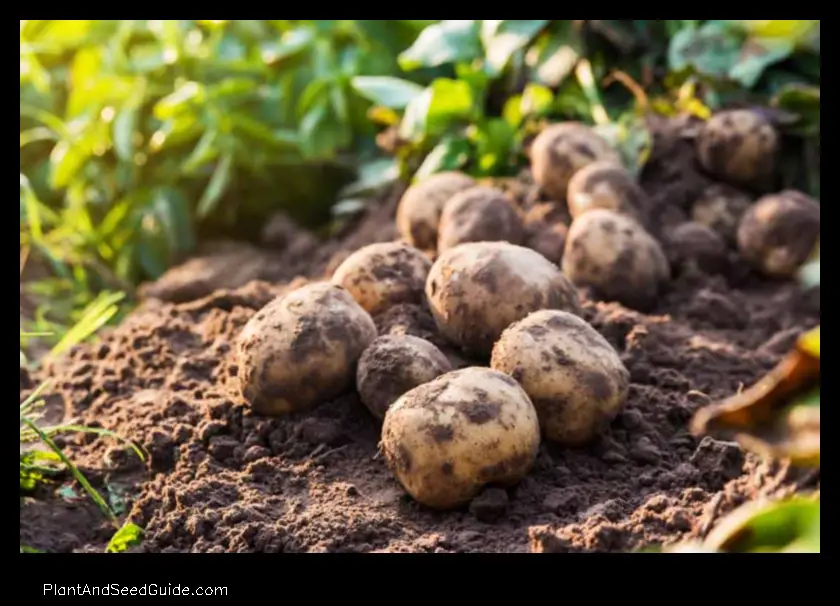
When to Plant Potatoes in Pennsylvania
Potatoes are a popular crop to grow in Pennsylvania, and there are a few things to keep in mind when determining when to plant them.
The ideal time to plant potatoes in Pennsylvania is when the soil has warmed to at least 45 degrees Fahrenheit. This usually occurs in late April or early May.
If you plant your potatoes too early, they may be susceptible to frost damage. If you plant them too late, they may not have enough time to mature before the first frost.
To help you determine the best time to plant potatoes in Pennsylvania, you can use a soil thermometer to check the temperature of the soil. You can also look at the weather forecast to see when the last frost date is expected.
Once you have determined the best time to plant potatoes, you can start preparing your soil.
You can improve the drainage of your soil by adding compost or sand. You can also add organic matter to your soil by incorporating manure or compost.Potatoes prefer a well-drained soil that is rich in organic matter..
Once your soil is prepared, you can start planting your potatoes. Potatoes are typically planted about 2 inches deep and 12 inches apart. You can plant them in rows or in hills.
When planting potatoes, it is important to cover the seed potatoes with soil. This will help to protect them from frost damage.
Potatoes ne
ed regular watering to produce a good crop. You should water your potatoes deeply once a week.Potatoes are ready to harvest when the skins are tough and the flesh is firm. You can harvest potatoes by digging them up with a garden fork.
Potatoes can be stored for several months in a cool, dry place.
Here are so
me tips for growing potatoes in Pennsylvania:- Choose a variety of potatoes that is resistant to diseases and pests.
- Plant your potatoes in a sunny location.
- Water your potatoes regularly.
- Fertilize your potatoes with a balanced fertilizer.
- Hill your potatoes to protect them from frost damage.
- Harvest your potatoes when they are ripe.
- Store your potatoes in a cool, dry place.
Potatoes are a delicious and versatile vegetable that can be enjoyed in a variety of ways. By following these tips, you can grow a successful crop of potatoes in Pennsylvania.
| Feature | Description |
|---|---|
| Potato planting | Potatoes should be planted in the spring, after the last frost date. |
| Potato growing | Potatoes need full sun and well-drained soil. |
| Potato harvest | Potatoes are ready to harvest when the skins are tough and the flesh is firm. |
| Potatoes in PA | Potatoes are a popular crop in Pennsylvania, and there are many varieties that do well in the state’s climate. |
| Growing potatoes | Potatoes can be grown in containers or in the ground. |

IWhen to plant potatoes in Pennsylvania
The best time to plant potatoes in Pennsylvania is in early spring, when the soil has warmed up to at least 45 degrees Fahrenheit.
You can pla
nt potatoes as soon as the danger of frost has passed, but keep in mind that they will take longer to mature if you plant them too early.If you are planting potatoes in raised beds or containers, you can start them a few weeks earlier than you would if you were planting them in the ground.
Here is a general planting schedule for potatoes in Pennsylvania:
- Early potatoes: mid-April to early May
- Maincrop potatoes: late May to early June
- Late potatoes: late June to early July
Keep
in mind that these are just general guidelines, and the best time to plant potatoes will vary depending on your specific climate.Choosing the right potatoes for your climate
The best potatoes to grow in Pennsylvania will depend on your climate. If you live in a warm climate, you can grow potatoes all season long. However, if you live in a colder climate, you will need to start your potatoes indoors and transplant them outdoors after the last frost date.
There are many different varieties of potatoes to choose from, so it is important to choose one that is well-suited for your climate. Some good varieties for Pennsylvania include:
- Russet Burbank
- Yukon Gold
- Red Norland
- White Rose
- All Blue
You can find more information about different potato varieties on the University of Pennsylvania Extension website.


